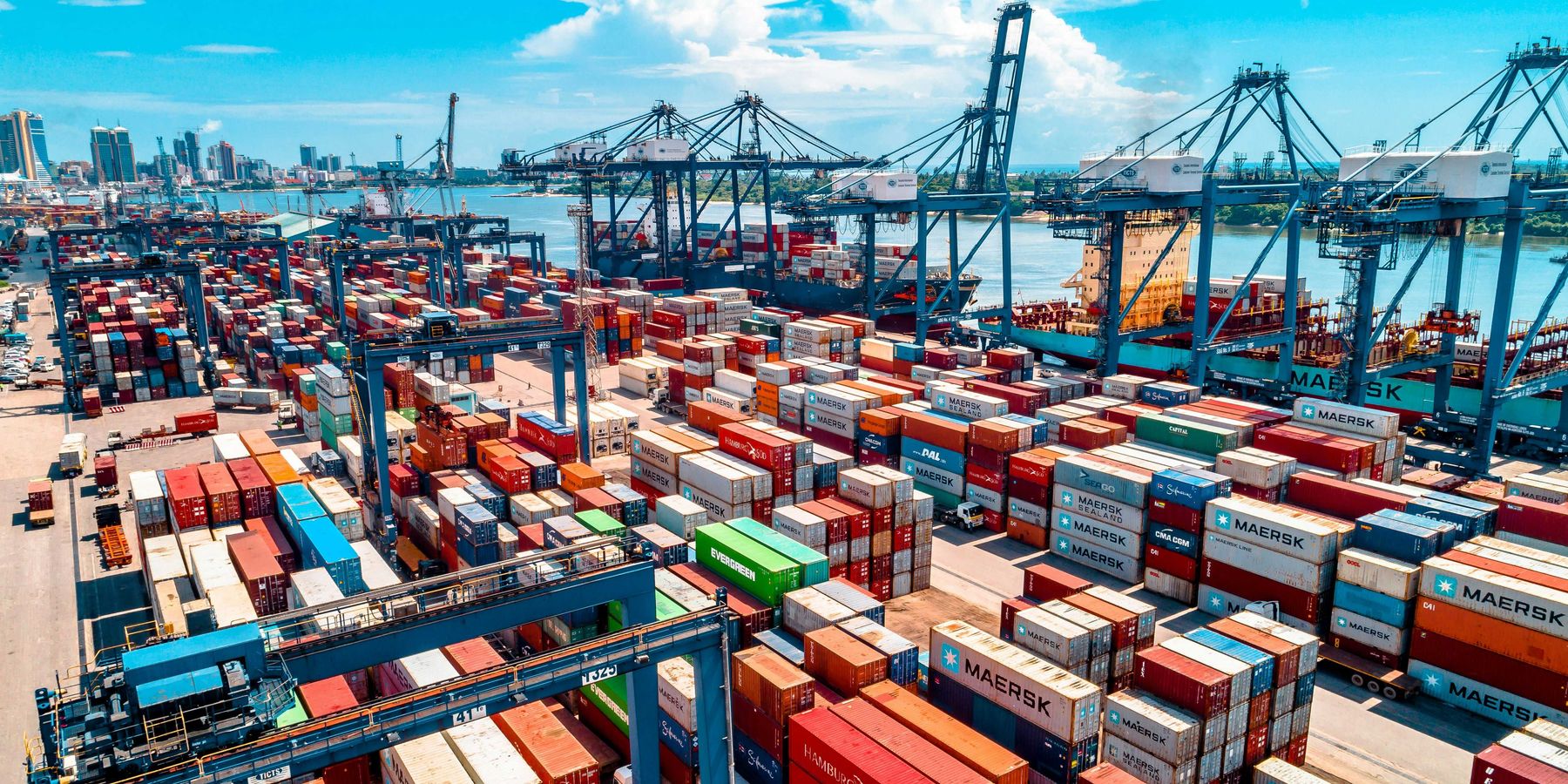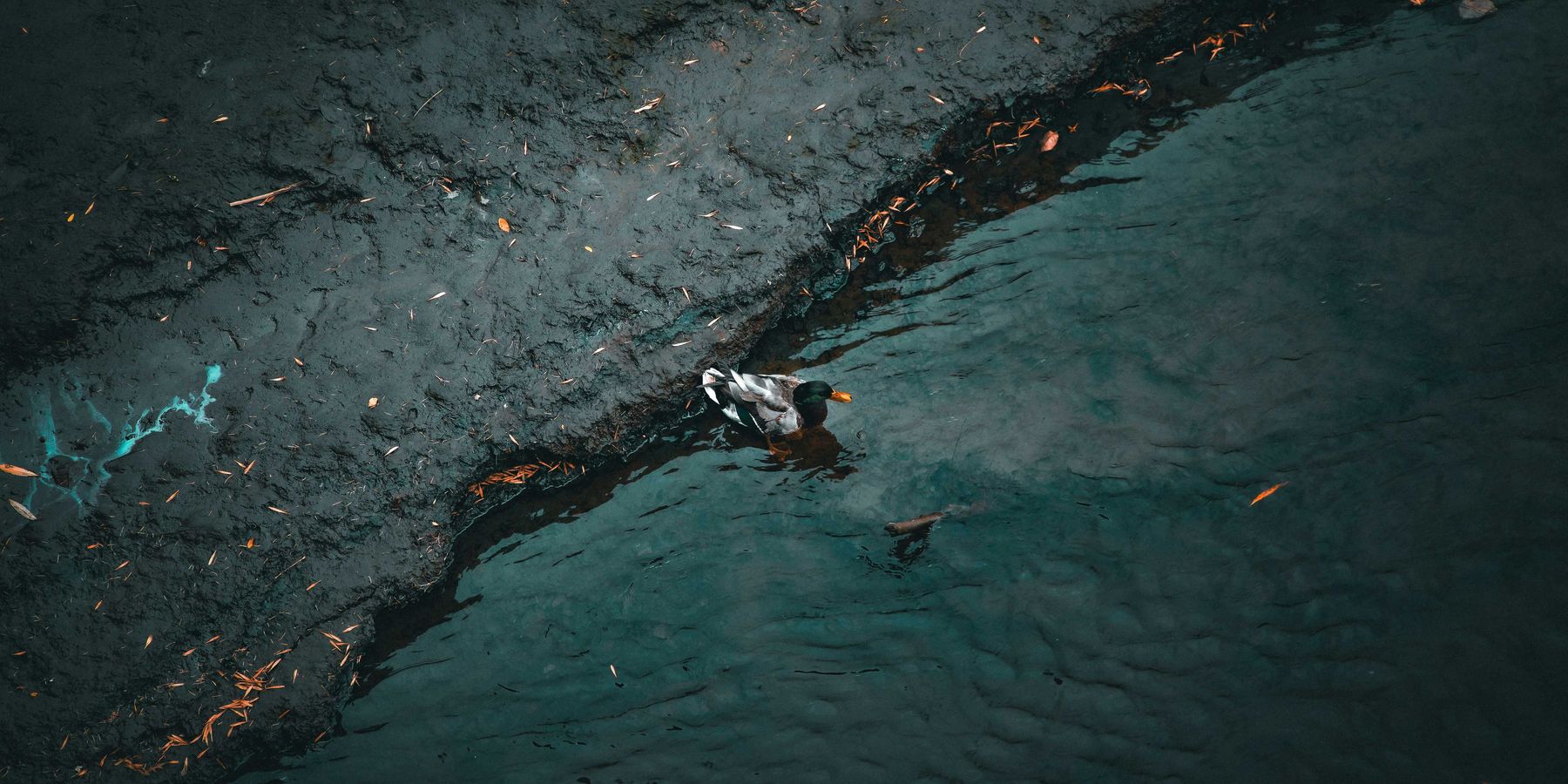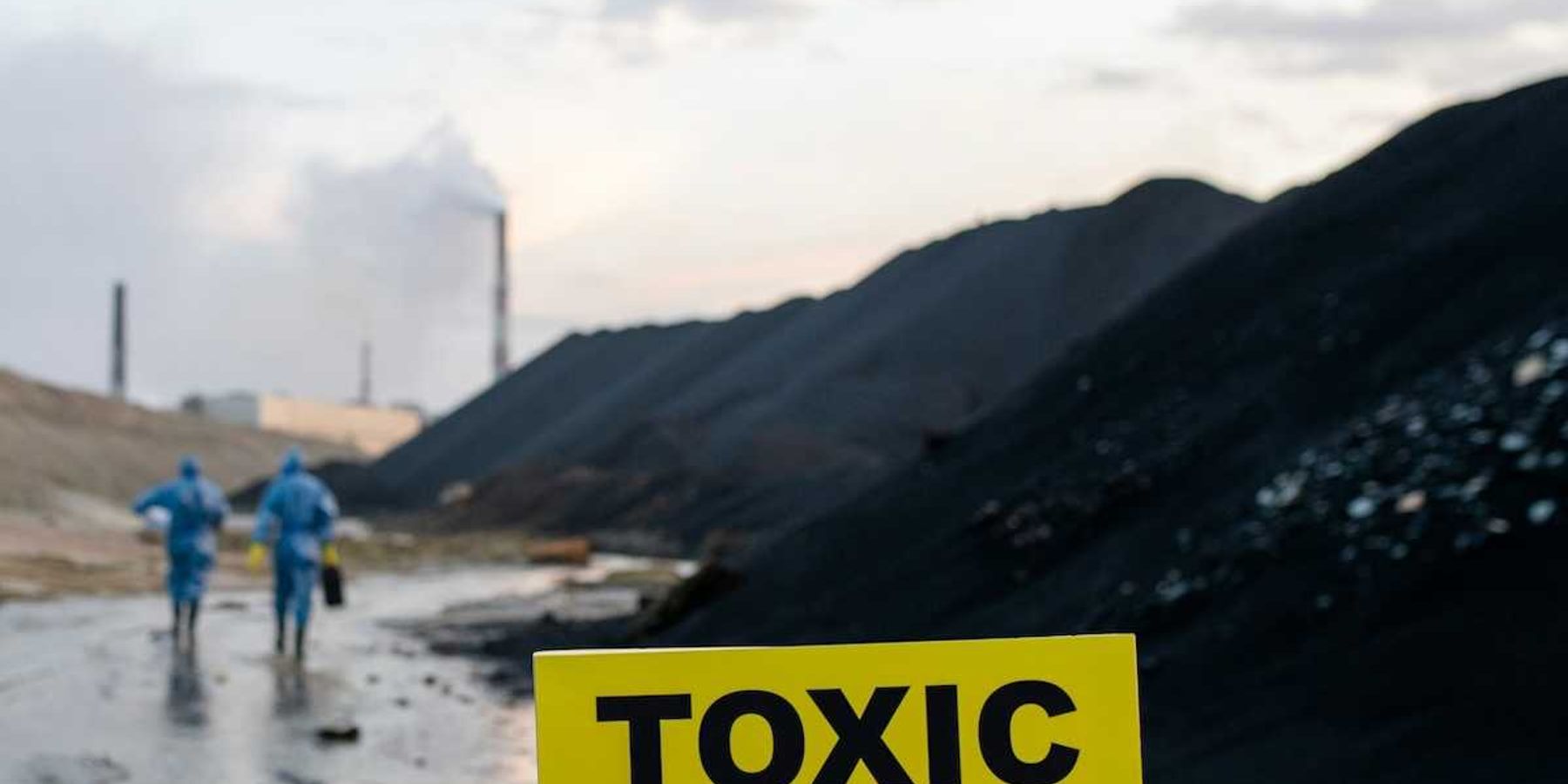Microplastics found throughout ocean depths may disrupt carbon storage
A global survey has revealed that microplastics are dispersed across all ocean depths, potentially interfering with the seas’ natural carbon capture processes.
James Dinneen reports for the New Scientist.
In short:
- Researchers analyzed data from nearly 2,000 sites worldwide, finding microplastics from the ocean surface to its deepest trenches.
- Small particles are evenly suspended throughout the water column, not just at the surface or seabed, challenging assumptions about plastic distribution.
- At depths of 2,000 meters, plastics may account for up to 5% of the carbon particles, raising concerns about impacts on the biological carbon pump.
Key quote:
“We expect to find plastics at the bottom of the ocean, and at the top of the ocean. But not everywhere.”
— Aron Stubbins, Northeastern University
Why this matters:
Microplastics, tiny fragments resulting from the breakdown of larger plastics, now permeate the ocean at all depths. This widespread contamination could jeopardize one of Earth’s critical climate regulators: the biological carbon pump. Normally, plankton absorb atmospheric carbon, and when they die or produce waste, that carbon sinks to the deep sea, effectively locking it away. But if plankton ingest buoyant microplastics instead of natural food, the sinking process slows or halts, reducing the ocean’s ability to sequester carbon dioxide. With microplastics also comprising a notable portion of the carbon material at great depths, they may be altering the chemistry and biology of deep-sea ecosystems.
This has broad implications for climate change, as the ocean plays a central role in moderating global temperatures. Additionally, plastics can carry harmful chemicals and pathogens, posing further risks to marine life and potentially to humans who rely on seafood.
Related EHN coverage: Plastic pollution in the ocean













